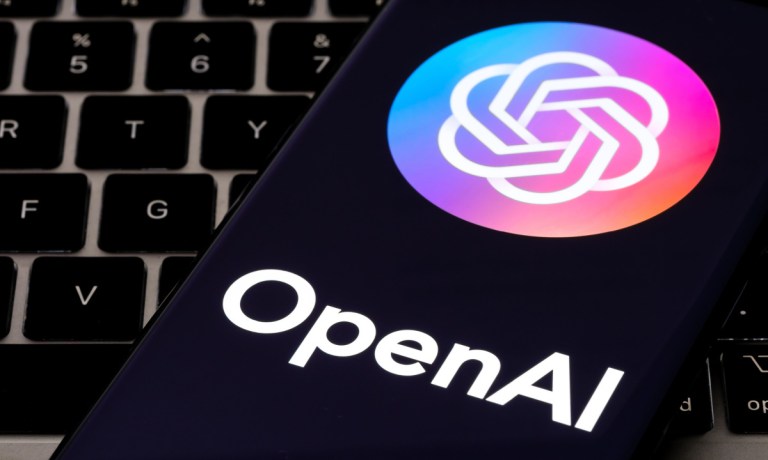
OpenAI is reportedly set to release “Strawberry,” an advanced AI model, sparking excitement — and curiosity — about its potential to advance machine reasoning.
This new artificial intelligence system represents OpenAI’s latest foray into machine reasoning. Unlike its predecessors, Strawberry is designed to tackle unfamiliar mathematical problems and engage in more sophisticated decision-making processes, Seeking Alpha reported Tuesday (Sept. 10), citing a paywalled article by The Information.
“The core strength of a reasoning-focused AI like ‘Strawberry’ lies in its ability to engage in complex problem-solving,” Lars Nyman, CMO of CUDO Compute, told PYMNTS. “This could be transformative for fields like legal tech, healthcare, and scientific research. However, the flip side is probably going to be in the slower response times. This ‘deliberation’ or ‘System 2’ thinking takes time, and in a world already addicted to instant gratification, this could, of course, be a drawback.”
A surge in commercial success accompanies OpenAI’s push into more advanced AI reasoning. The company boasts over a million paying business users across its product suite, including ChatGPT Enterprise and ChatGPT Team, cementing its position in the AI marketplace.
The potential applications of reason-based AI span numerous sectors. From refining supply chain logistics to predicting market trends with greater accuracy, the technology could reshape how businesses operate. The ability to handle multi-step problems could make AI systems more versatile and widely applicable.
“In the end, if Strawberry can achieve superior results with less brute computational power, that will give OpenAI a leg up in terms of sheer cost-effectiveness,” Nyman said.
Nyman noted that a possible connection between Strawberry and Stanford’s STaR (Self-Taught Reasoner) paper “as the similarities between are significant.” He said that “STaR essentially lets a model improve on itself by learning from its own generated reasoning.”
The tech world anticipates Strawberry’s unveiling with keen interest. Success could set a new standard for AI capabilities, potentially narrowing the gap between machine and human cognition in certain tasks.
“Having a conversation not with a machine regurgitating and repackaging facts, but with one that truly contemplates before answering,” Nyman said. “This nuanced, reflective approach would cultivate more meaningful exchanges, fostering trust and reliability.”
Experts caution that Strawberry’s true potential remains uncertain as significant hurdles persist.
“Strawberry’s ‘thinking-before-responding’ mechanism sounds novel, but I’ll note that OpenAI is under more and more pressure to keep delivering, which might mean their marketing and external comms are also getting increasingly boisterous,” Nyman said.
Nyman also posed the concern that as reasoning models become more intricate, they might bring about unforeseen challenges in terms of reliability and fairness. These issues could potentially be more difficult to identify and address than those in simpler systems.
Strawberry arrives at a critical juncture in AI development. While the distinction between artificial and human intelligence grows increasingly nuanced, Strawberry may not herald the arrival of truly sentient machines. However, it could mark a significant step toward AI systems that don’t just process information, but understand and analyze it in context.
The release may open new frontiers in AI applications, from more intuitive digital assistants to AI systems capable of contributing to complex problem-solving in fields like scientific research or financial analysis. The technology’s maturation could profoundly impact various industries and everyday life.
OpenAI’s latest offering aims to raise the bar for machine capabilities. With Strawberry, the company looks to push the boundaries of artificial intelligence, inching closer to systems that can think, reason and problem-solve in ways that were once the exclusive domain of human cognition.
“As for integrating ‘Strawberry’ into ChatGPT: by refining the base models through advanced post-training processes, OpenAI could well leapfrog competitors until they do the same,” Nyman said.
For all PYMNTS AI coverage, subscribe to the daily AI Newsletter.